US GDP contracted an annualized -0.9% in Q2, much worse than expectation of 0.4% rise. That’s the second quarter of contraction, after Q1’s -1.6% annualized.
BEA said: “The decrease in real GDP reflected decreases in private inventory investment, residential fixed investment, federal government spending, state and local government spending, and nonresidential fixed investment that were partly offset by increases in exports and personal consumption expenditures (PCE). Imports, which are a subtraction in the calculation of GDP, increased”




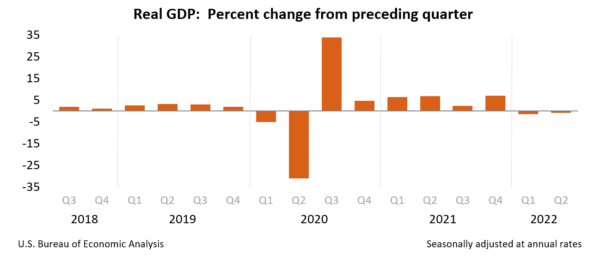
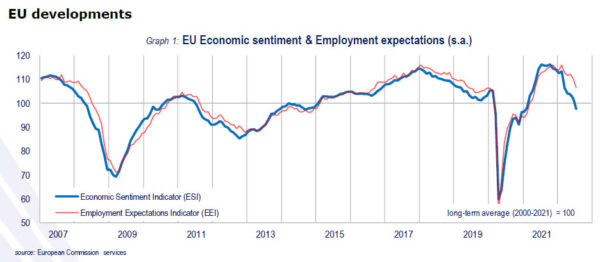
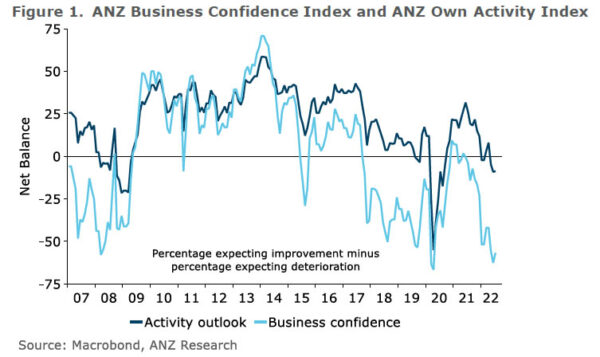
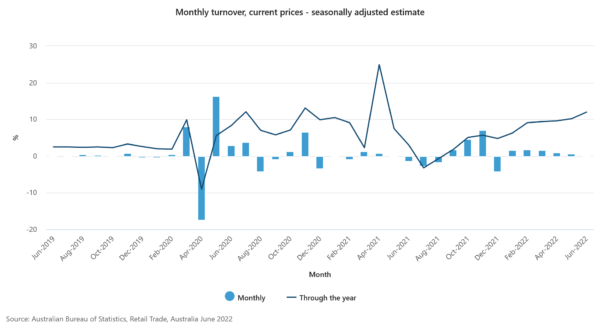
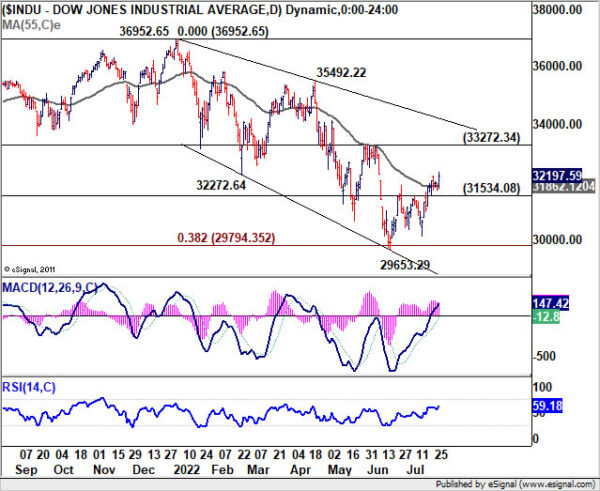

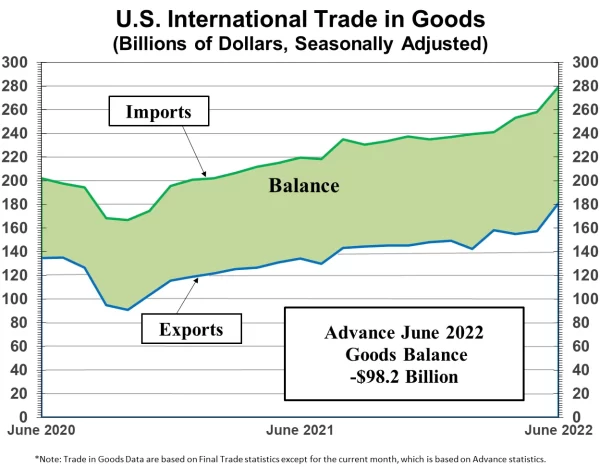
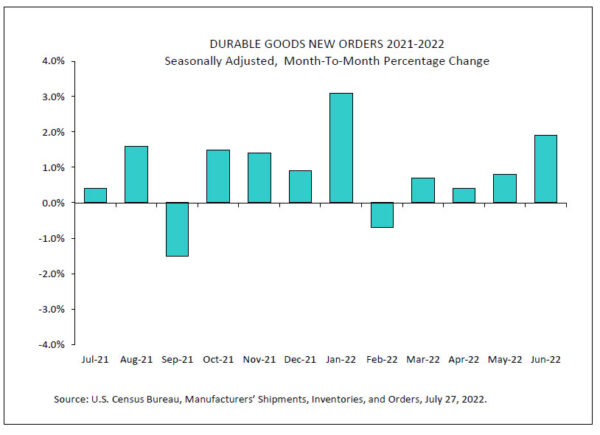
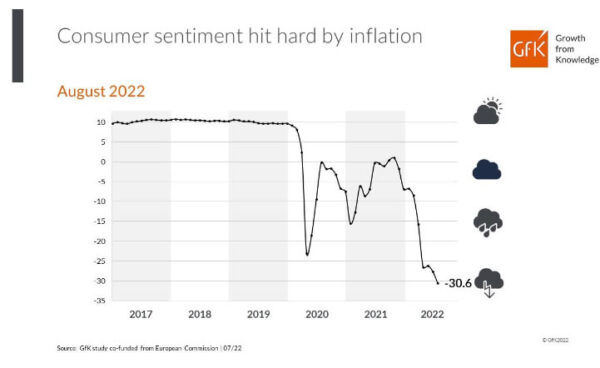
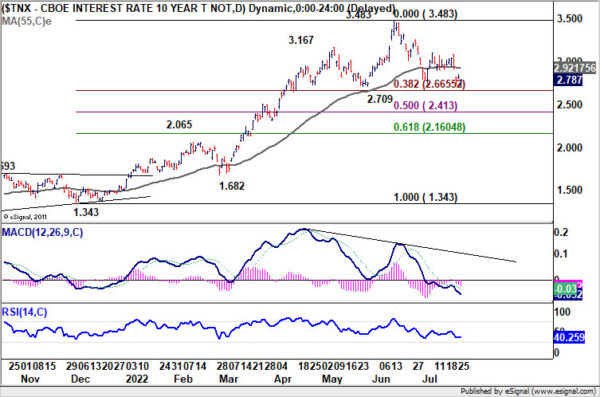
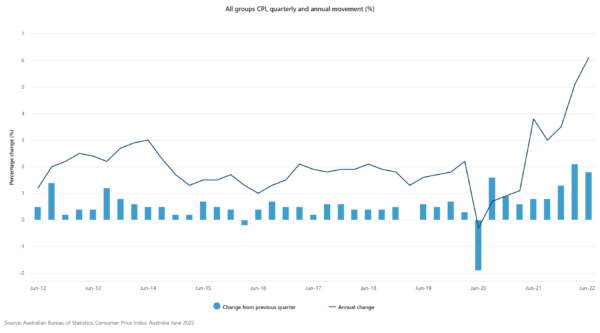
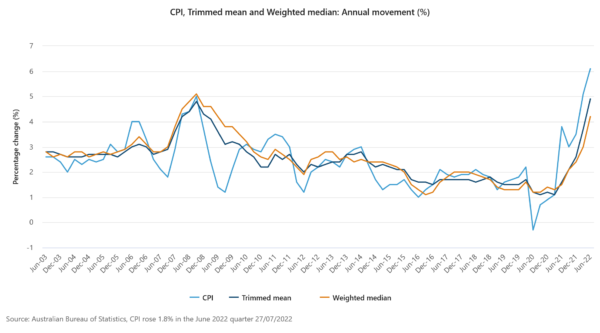
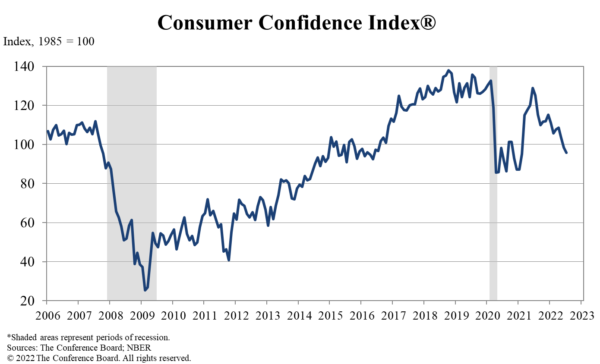
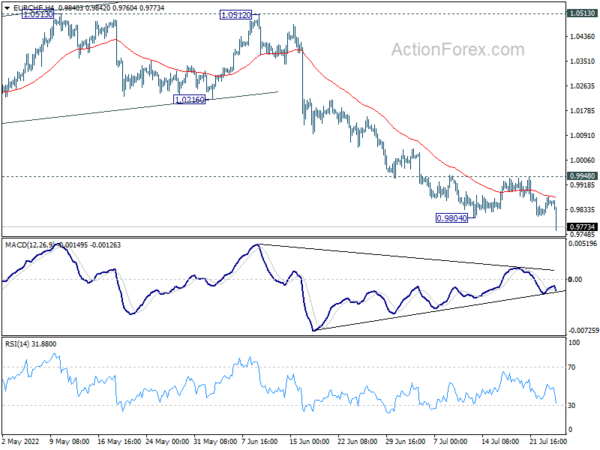
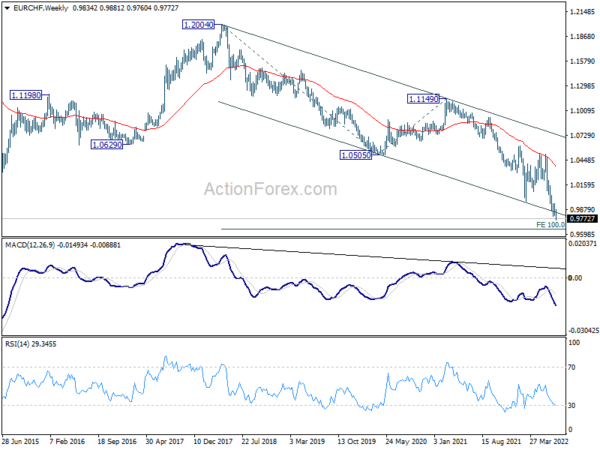
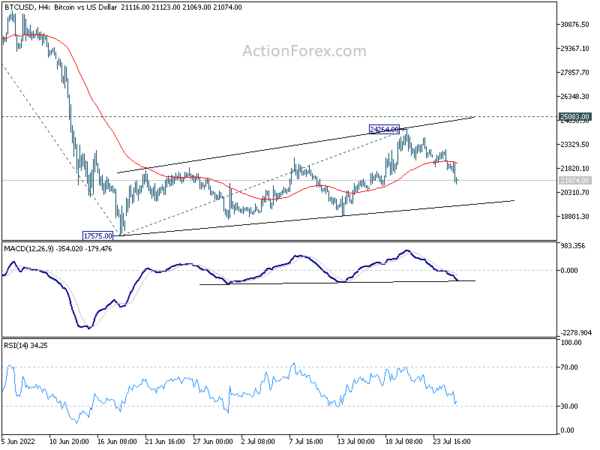
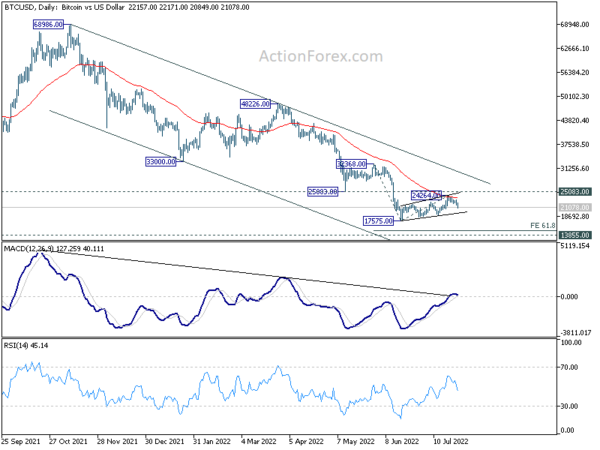
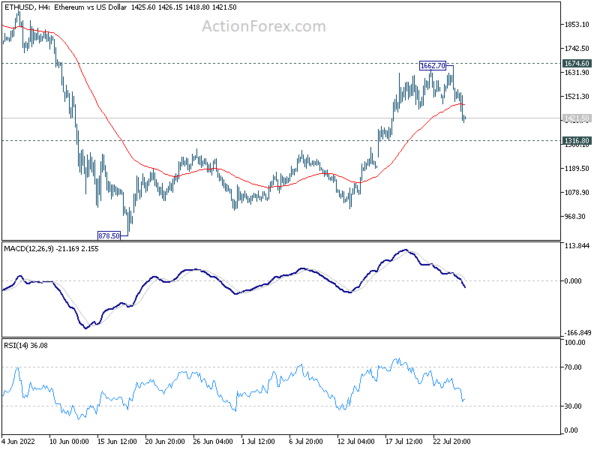
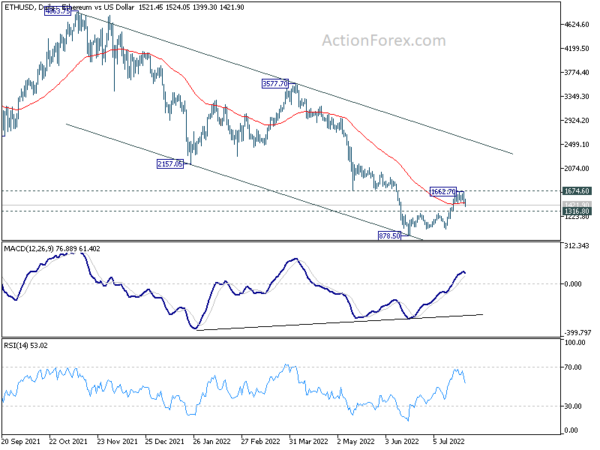

US initial jobless claims dropped to 256k
US initial jobless claims dropped -5k to 256k in the week ending July 23, versus expectation of 248k. Four-week moving average of initial claims rose 6.25k to 249.25k.
Continuing claims dropped -25k to 1359k in the week ending July 16. Four-week moving average of continuing claims rose 8.75k to 1362m.
Full release here.